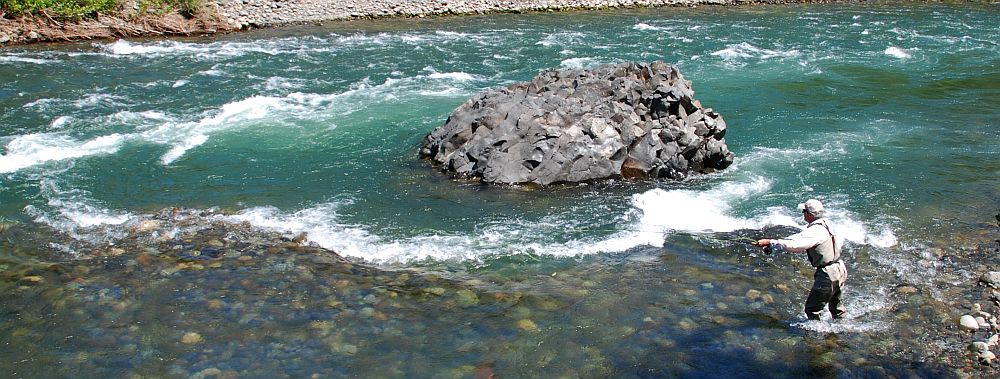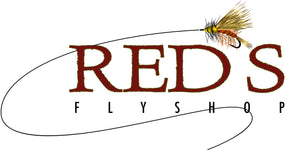CALL NOW (509) 933-2300
CALL NOW (509) 933-2300

Currently, every tributary in our drainage is fishable and fishing well. It is what I like to call a "dry fly rodeo!" Many fish in these tributaries are hangry as their feeding season is not as long and they need to scarf down most anything that somewhat resembles food. I said "many" and not "all" as the big fish, well... they are only coming up if that fly looks very real and very good. They didn't get big by giving their location away to their predators by coming up on top after any Tom, Dick and Harry Fly ;-) To get the better fish, we have to present our fly like the real thing. To present the fly like the real thing we have to know how to manage our line... and thus we come to mending. Knowing when to upstream or downstream mend is critical to accomplishing a drift that gets an eat from that big trout. In this post, we are discussing dry fly presentation but one could apply this to indicator and dry dropper set-ups. We teach the below technique and many more in our Fishalong Courses. Come join us in one of these to squash that learning curve.
You can watch many videos on the "how" of mending. When I refer to mending, I am talking about moving or fixing your line to accomplish a presentation that looks real to life for your fly. This post is about the "when" of mending and which direction. There are very few situations where you can cast your line out there and accomplish a life-like drift without mending. Most likely you will need to move your line upstream of your fly or downstream of your fly.
UPSTREAM MEND: You will need to move your line upstream of your fly whenever you are casting your fly into water that is slower than the water that is between you and the fly. This happens many times when casting against a bank, behind a boulder or other structure and when we are standing on the outside of a riffle casting towards the inside. We mend in this situation to avoid the fast current between us and our fly dragging the fly down river.
DOWNSTREAM MEND: You will need to move your line downstream of your fly whenever you are casting your fly into water that is faster than the water that is between you and the fly. This happens many times when casting from the bank out to a riffle, in pocket water when we are fishing the seam past the slower boulder slick and when I am standing on the inside of the riffle casting into the outside that is faster. We mend in this situation to avoid the slow current between us and our fly dragging the fly up river.
When you are casting your fly into slower water than what is between you and your fly, you will need to upstream mend. And Visa-versa. This is just one of the hundred skills that you could gain by joining our University of Fly Fishing.
